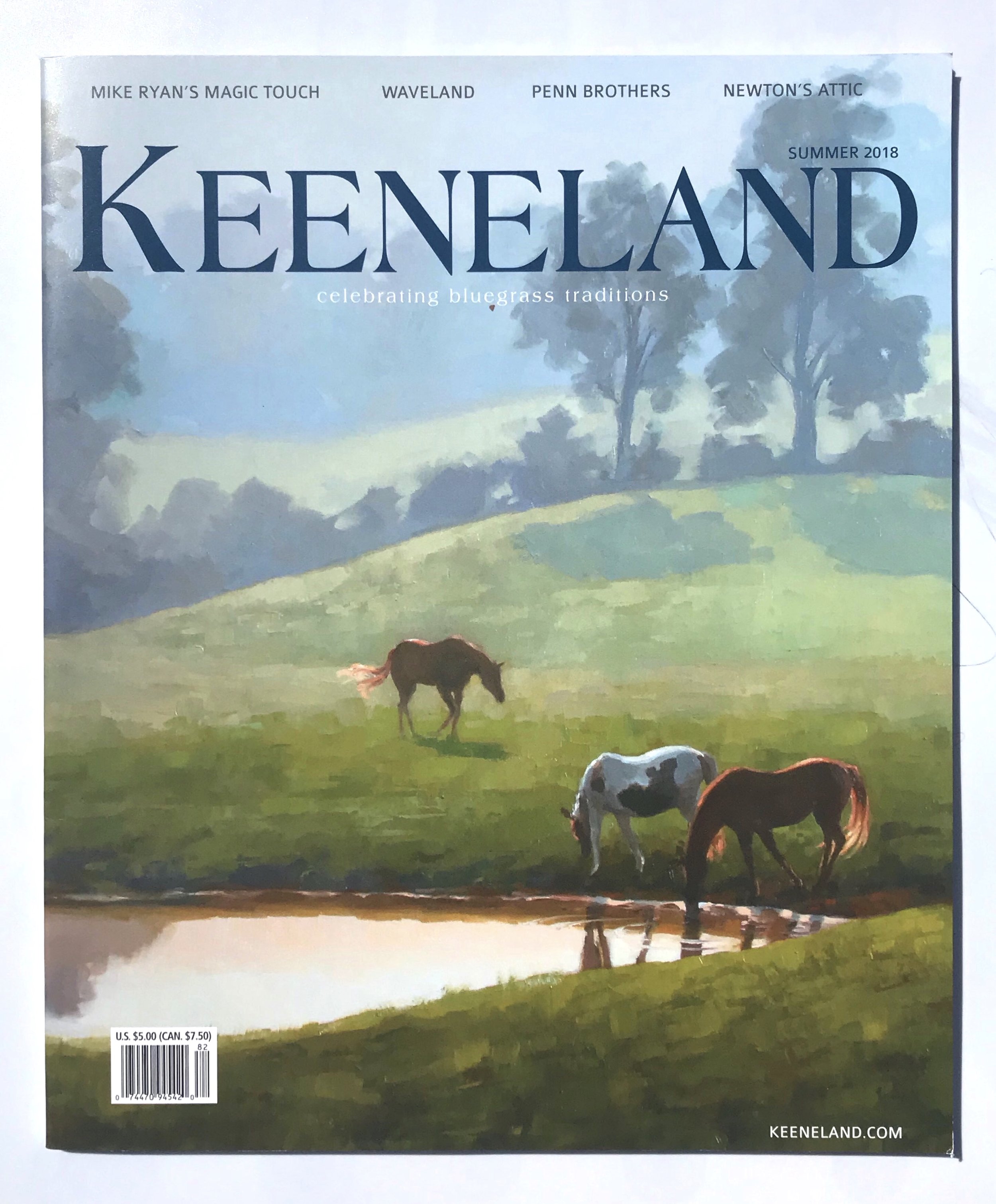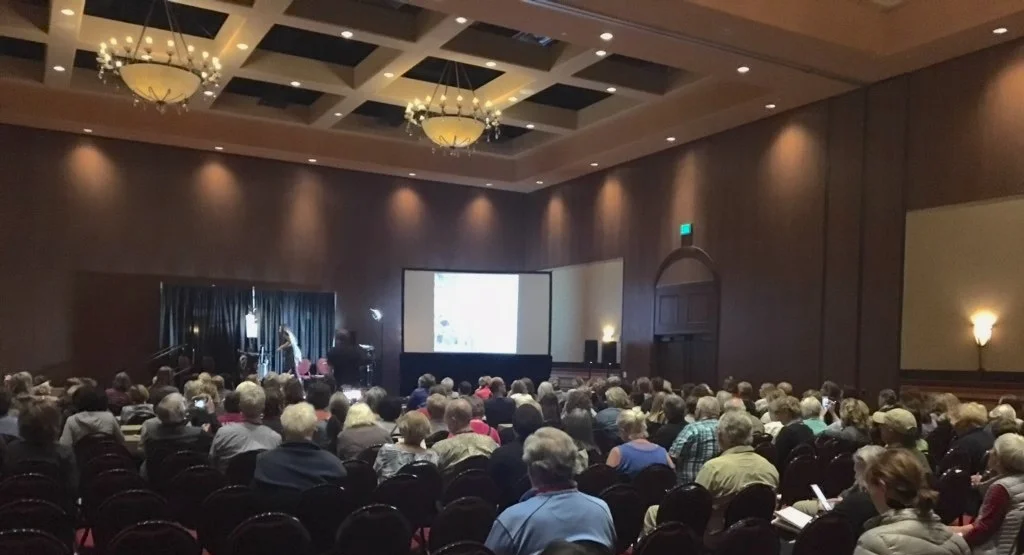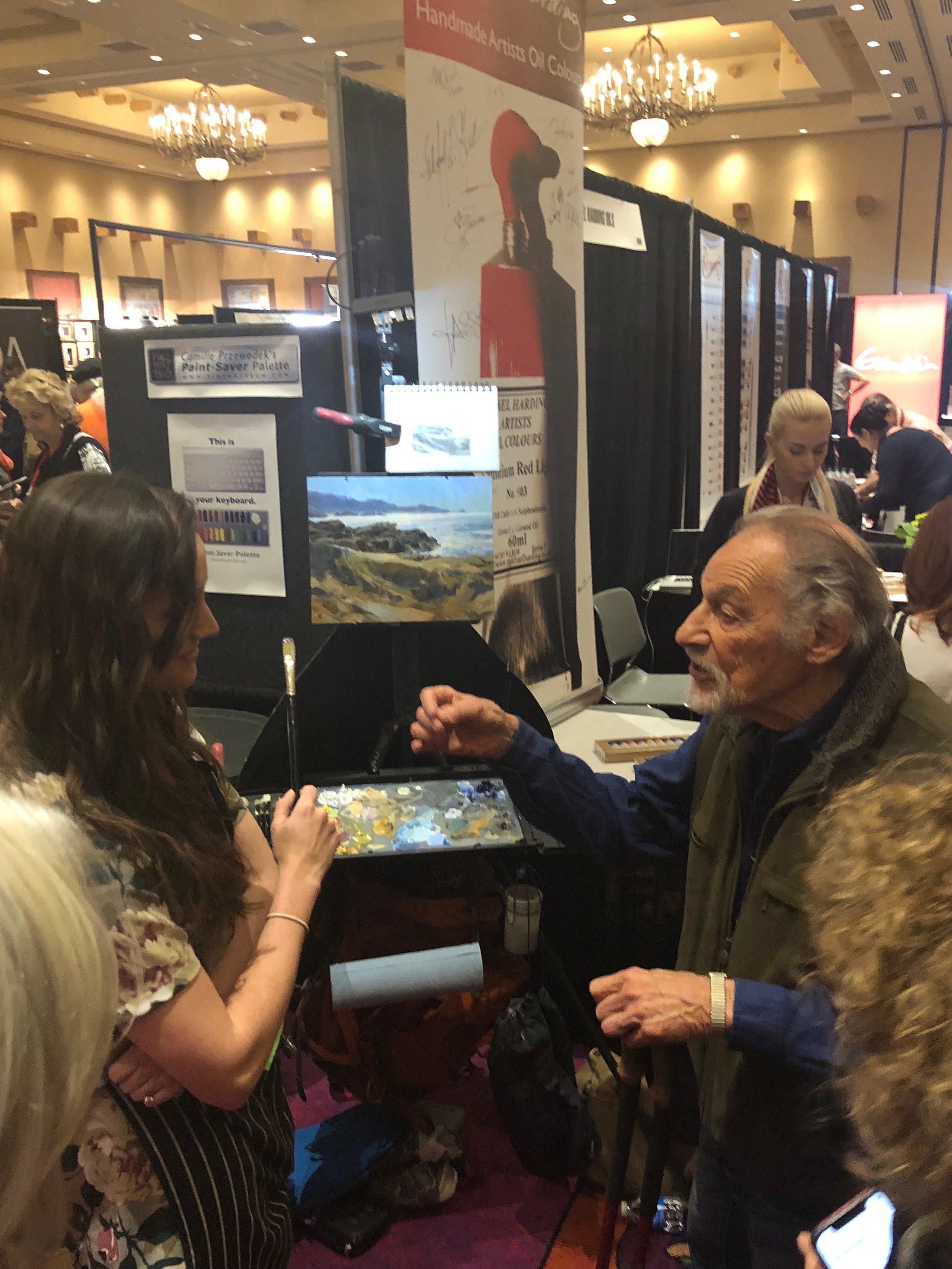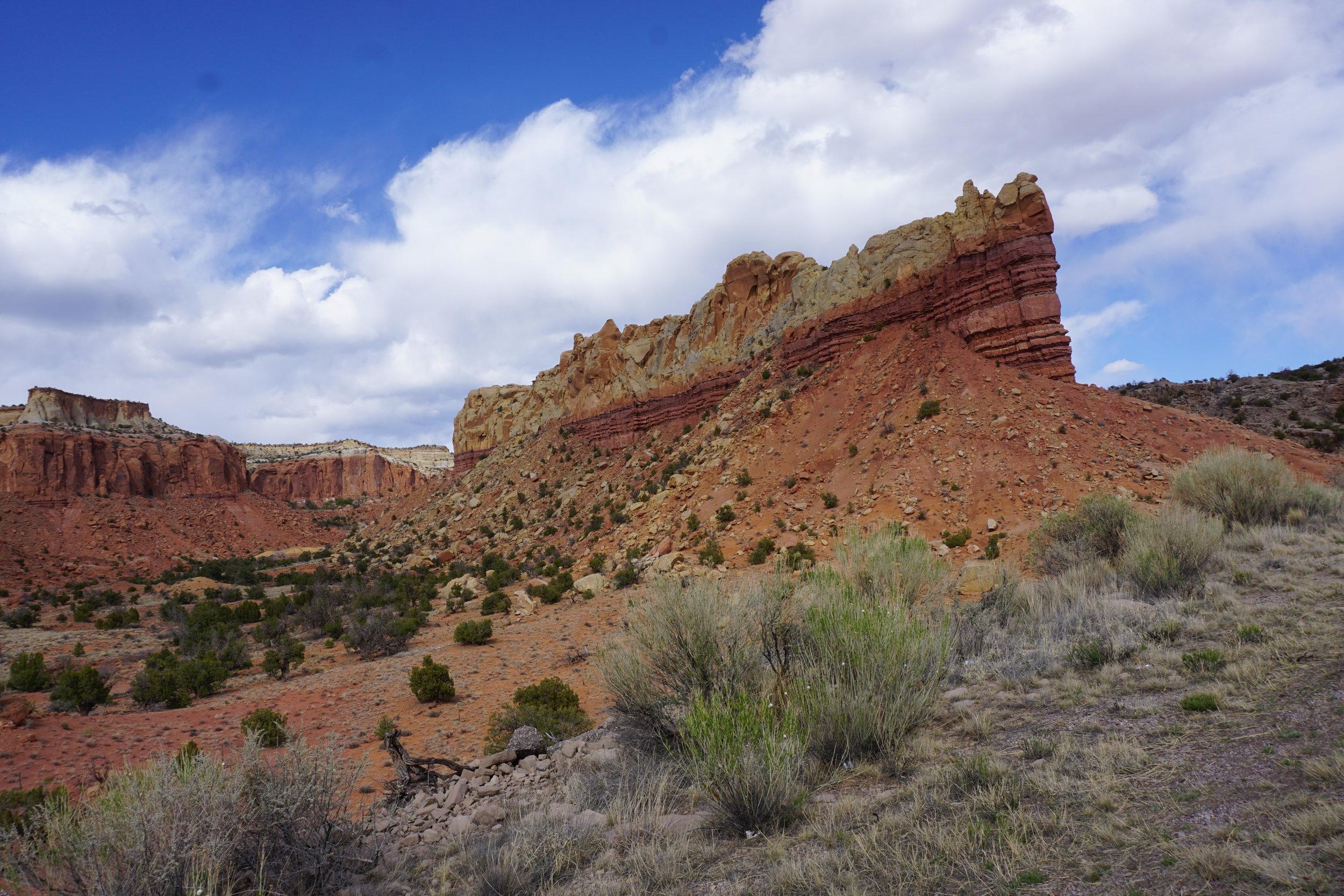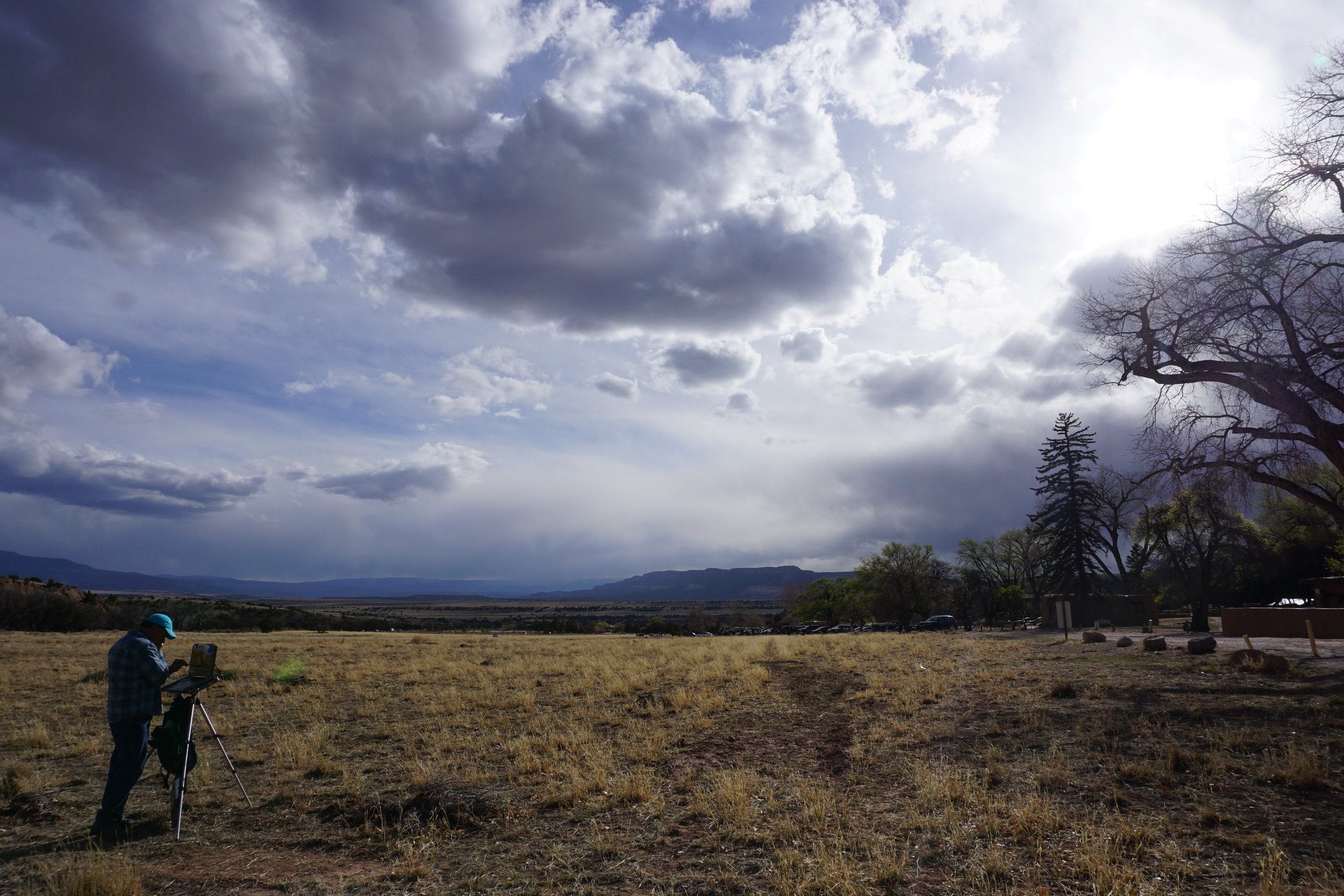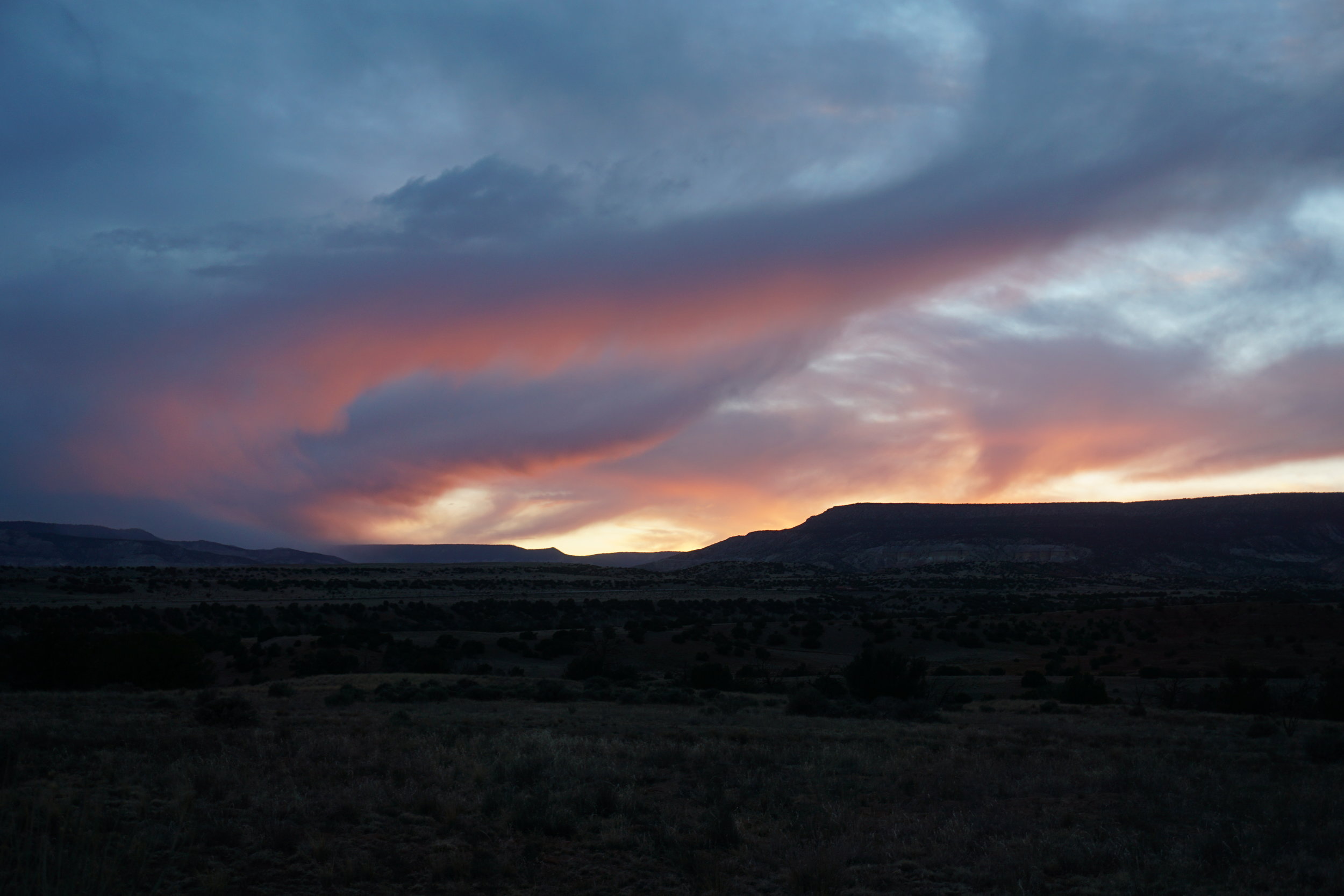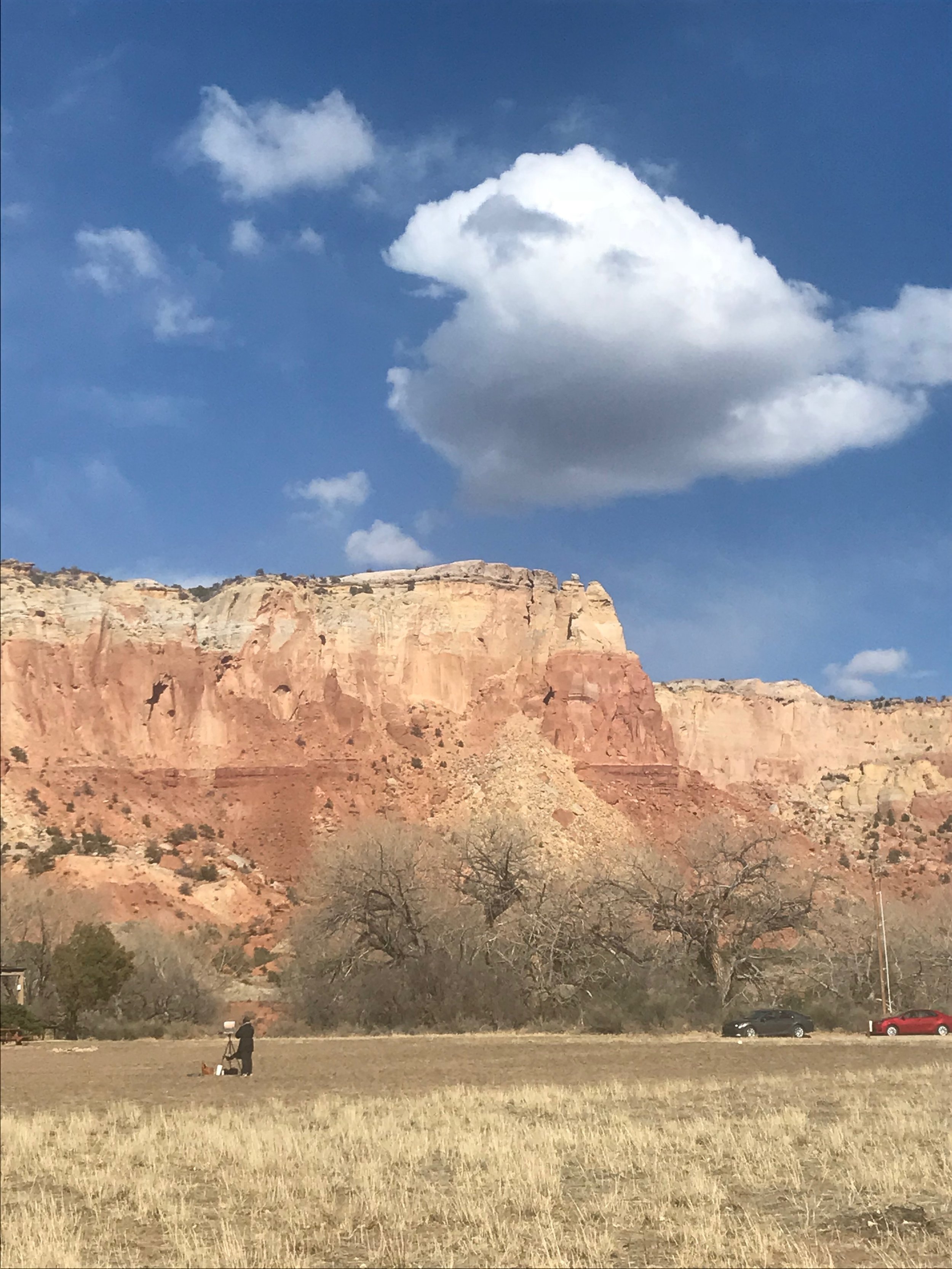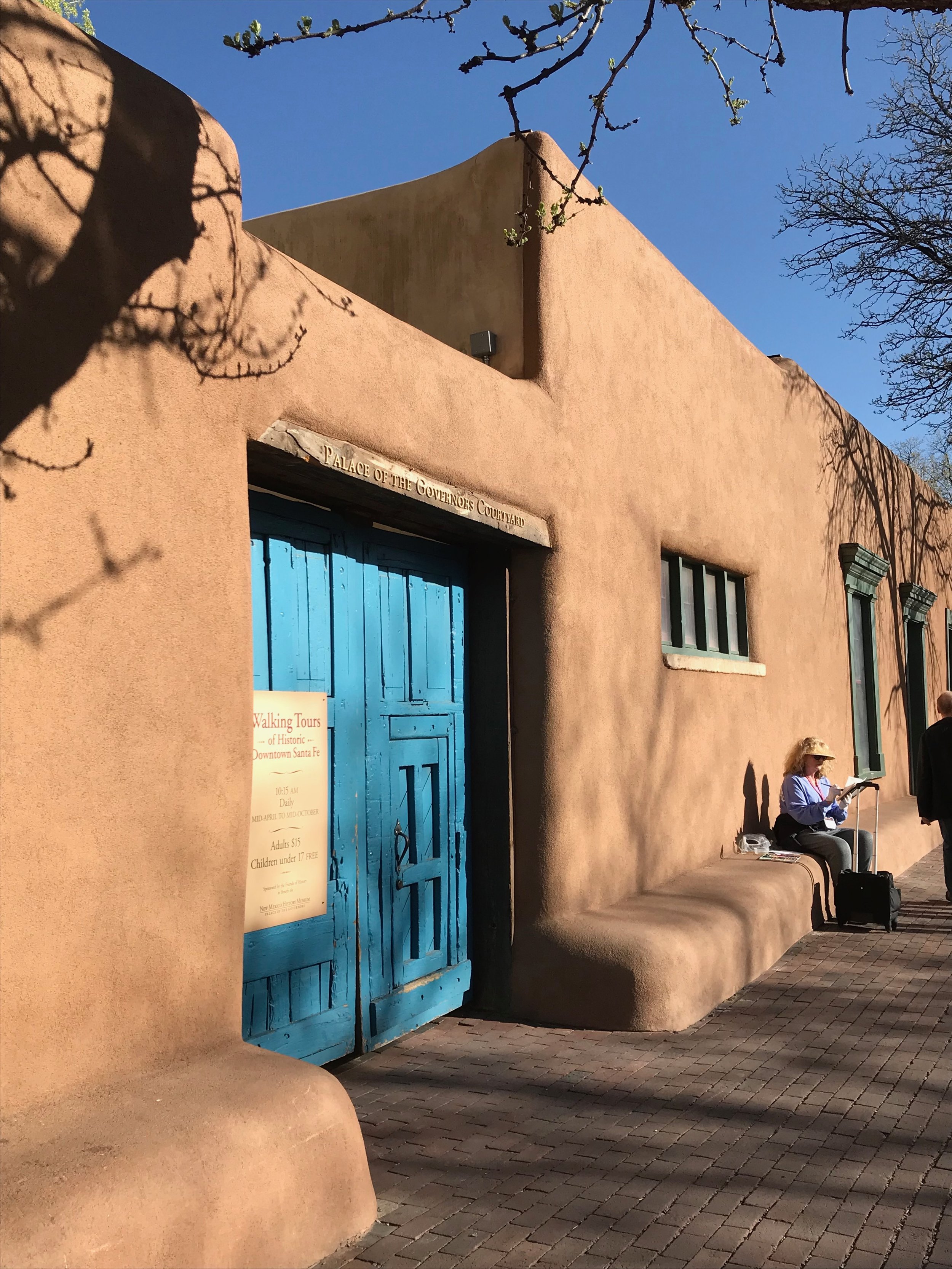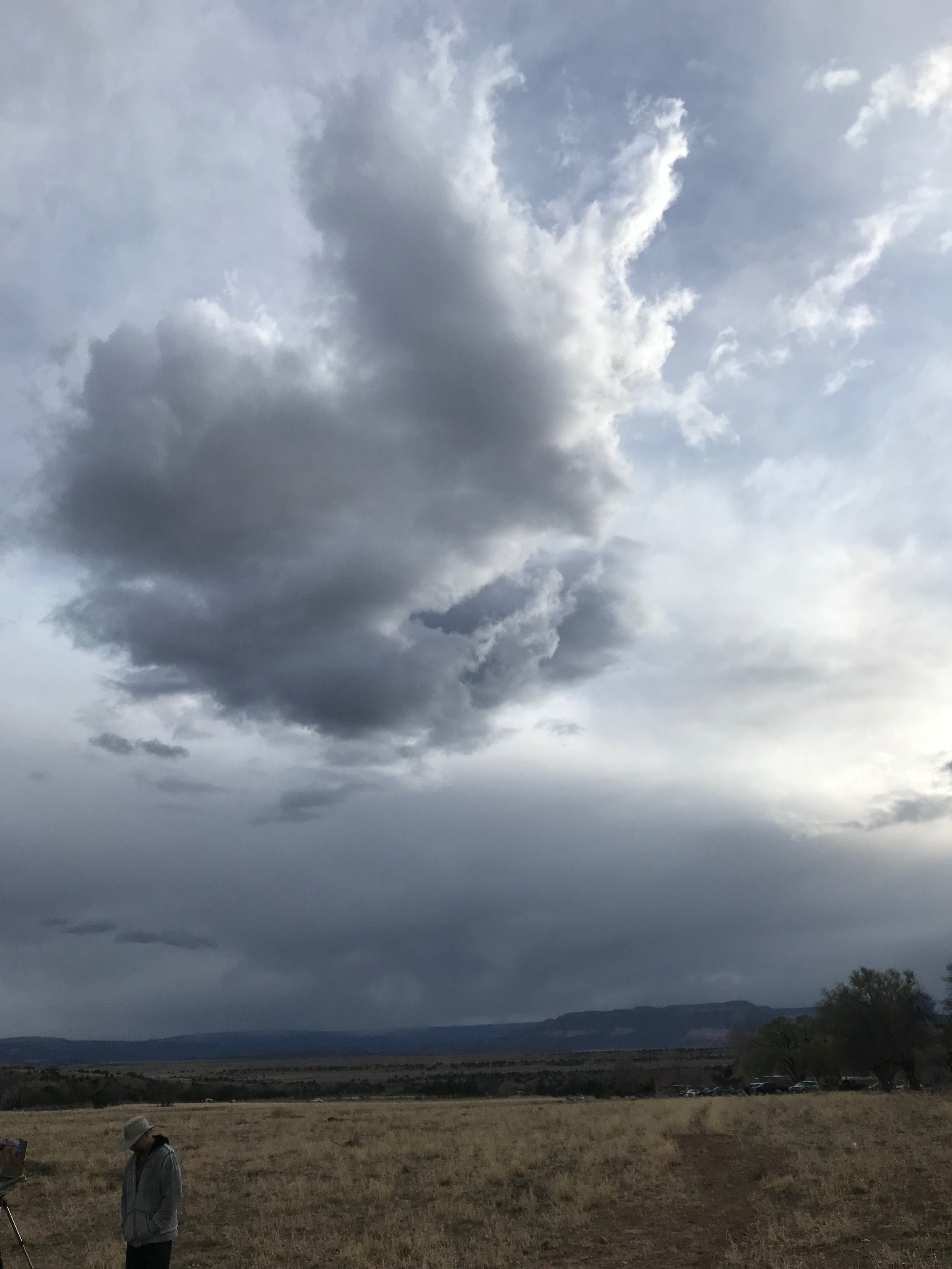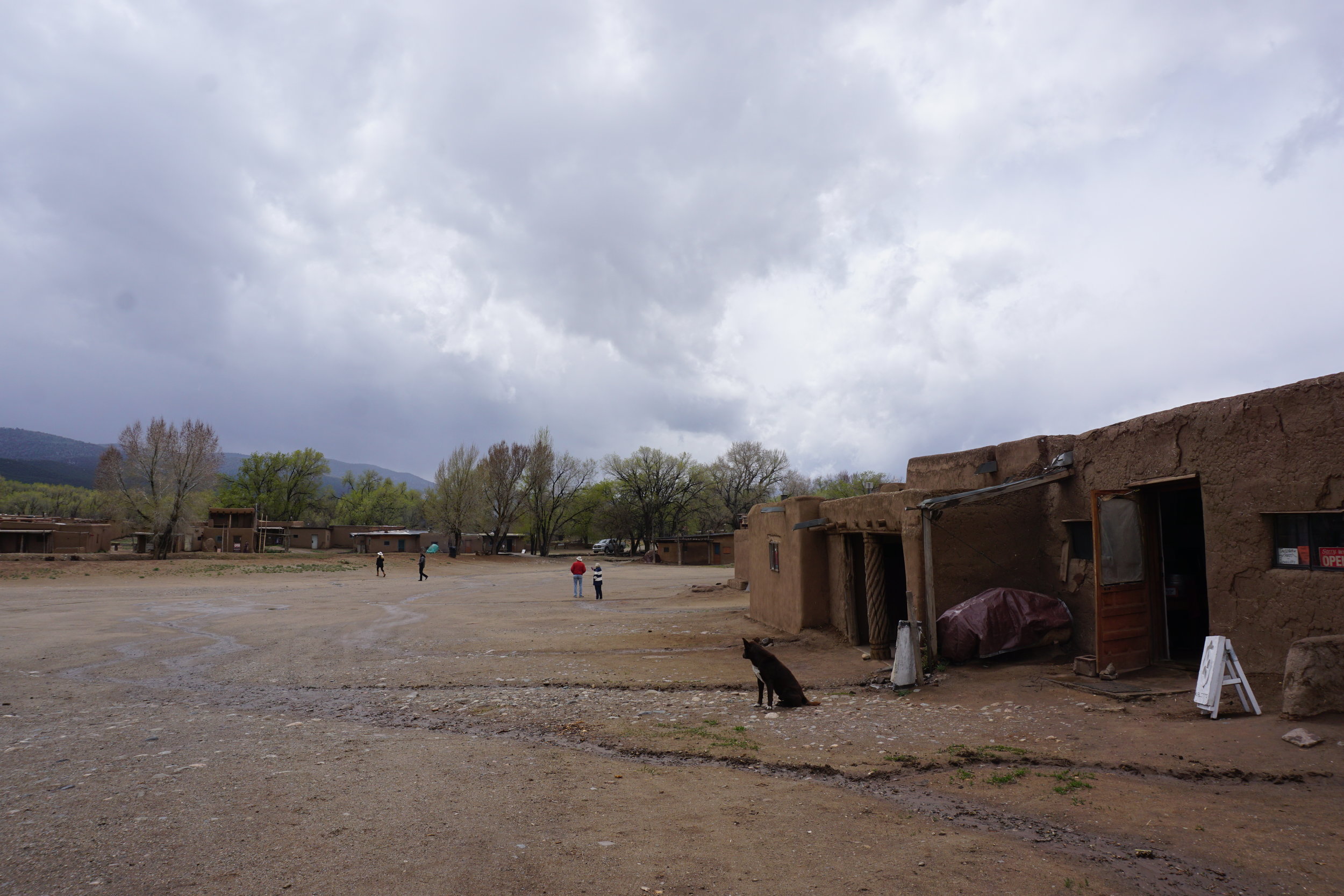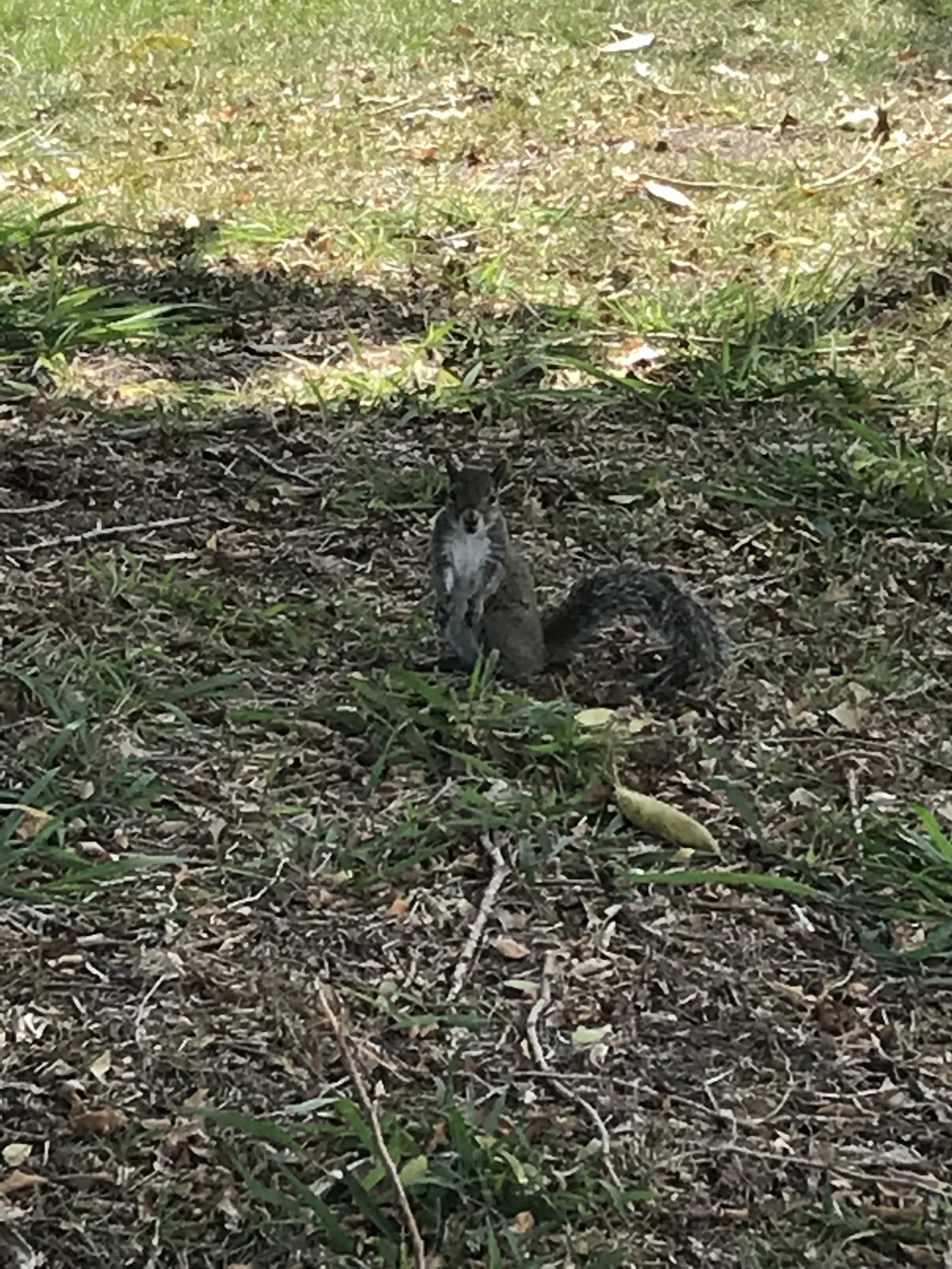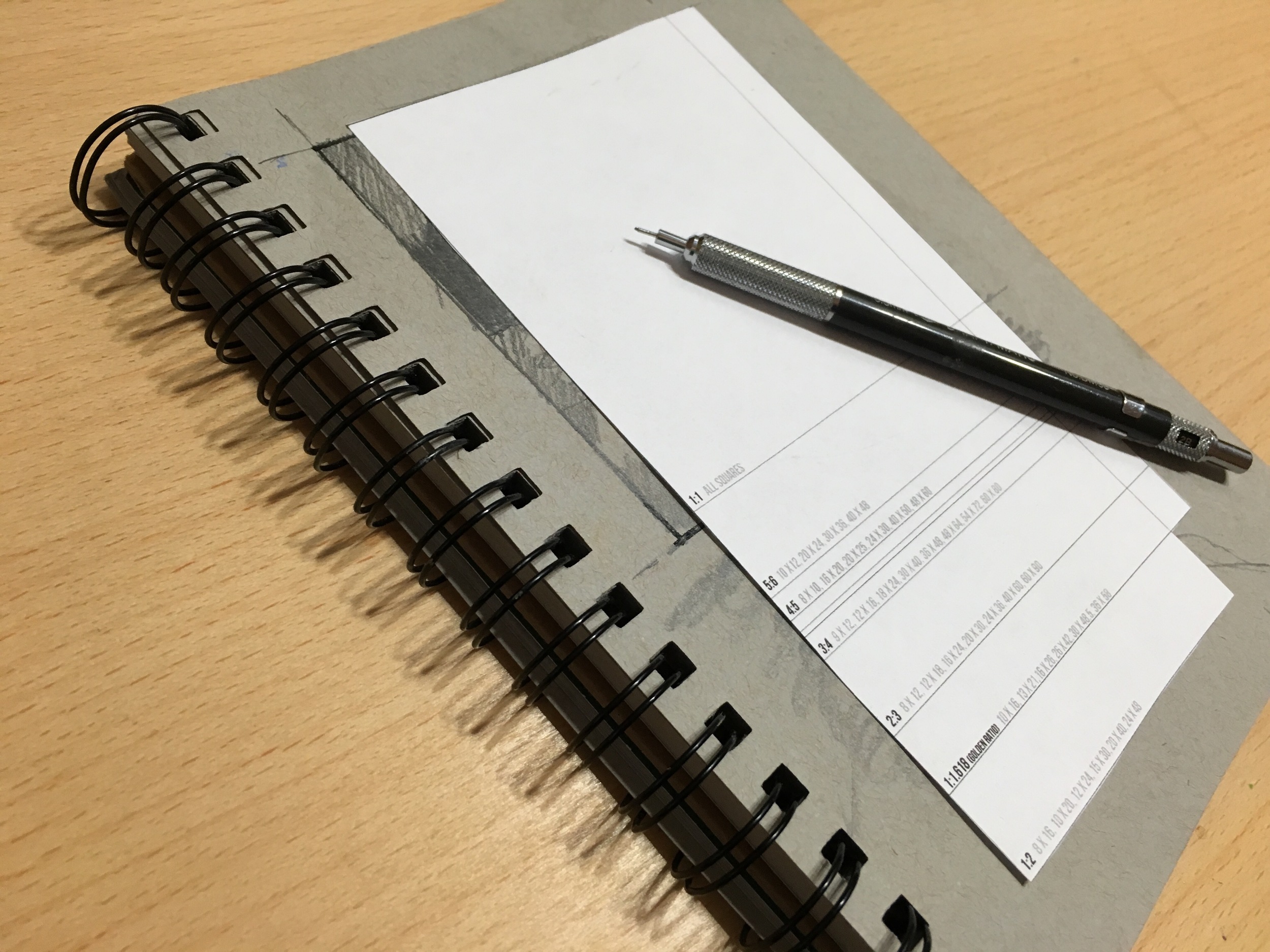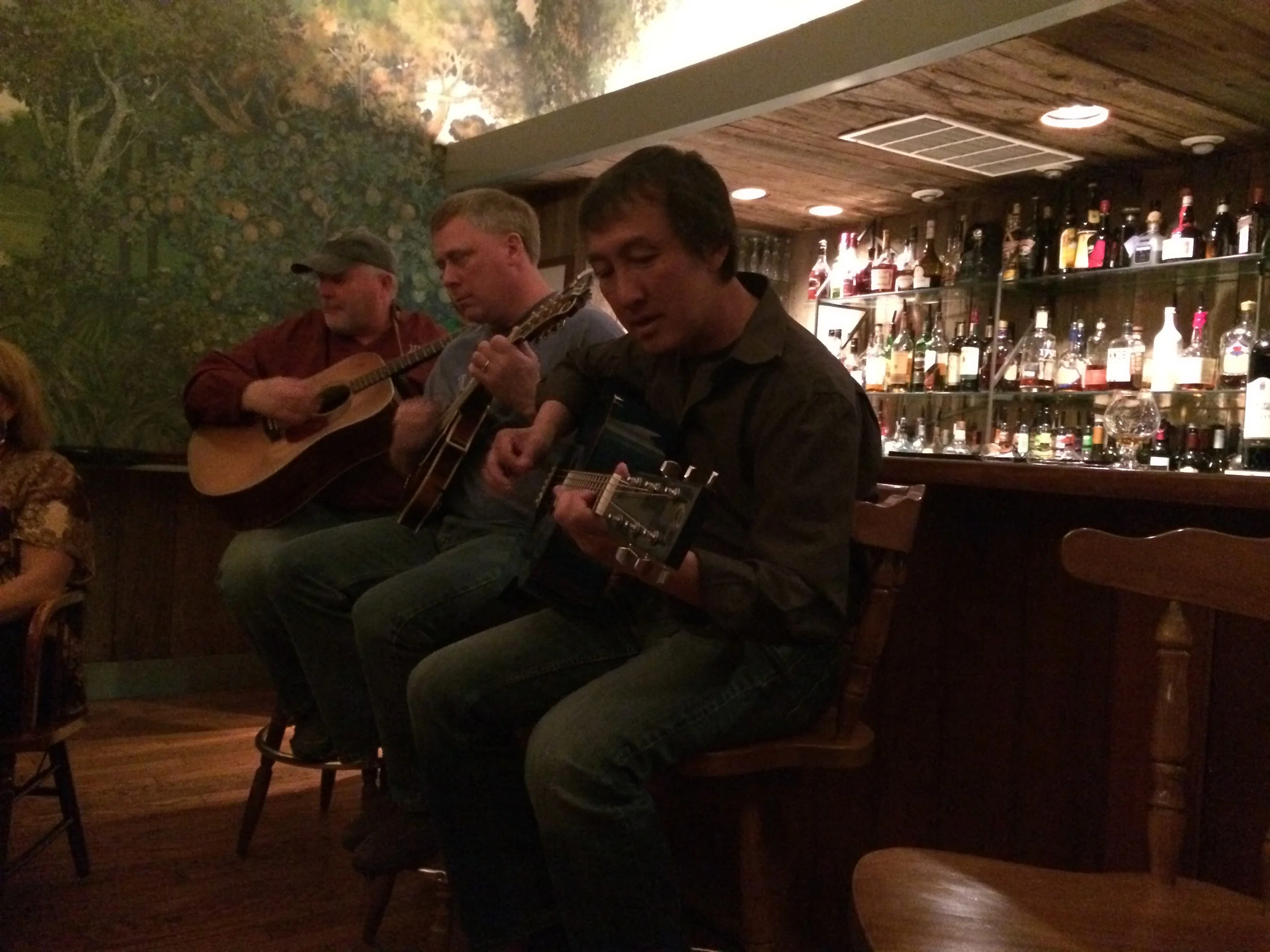The real adventure happened on the return trip. I remember marveling at how smoothly the day had gone as I packed up my supplies and prepared for the hike back down. Even though I didn’t have the correct size of panel carrier, I was prepared—I’d picked up some twine at a hardware store the night before and planned to tie the wet painting to the back of my pack facing out. Once it was secure I started down the trail, knowing I’d have to take care to avoid falling or brushing against stray foliage. I wasn’t counting on outside intervention, though…
About halfway down the mountain I came across a tourist couple taking photos of an elk calf a little off the trail. A quick glance told me the cow elk was not happy about it. She was bristling and snorting, staring them down with a look that could kill. (They were oblivious.) I shouted at them to get back on the trail and away from the calf; fortunately they listened, scooted off in a hurry, and then disappeared down the trail ahead.
That left me in a bit of a pickle since my only way down the mountain ran ten feet from where the cow and calf still stood. I decided to wait it out a while until they moved away uphill, far enough off the path that I thought I could pass by along the trail without alarming them.
I was wrong. A moment after I passed the spot where the tourists had gone off the trail, I heard brush crackling and looked back to see the cow elk on the trail right behind me. I kept walking quickly and didn’t look at her again…hoping against hope that she would realize I wasn’t threatening her calf. A bunch of things were running through my mind during the long minutes that followed. I was mad at those tourists. I was trying not to think of a documentary I’d just watched with my two-year-old, Sam, in which we’d seen a mother elk successfully (and somewhat violently) defend her calf from a pack of wolves. And, tellingly, it occurred to me that my painting was immediately facing the elk—that if she ended up making any physical contact, it would likely be destroyed. I’m still not sure why that seemed so significant at the time, but I guess I liked the painting!
After what seemed an eternity, she slowed her pace and appeared to calm down. I took a blurry photo of her over my shoulder without turning my head:

